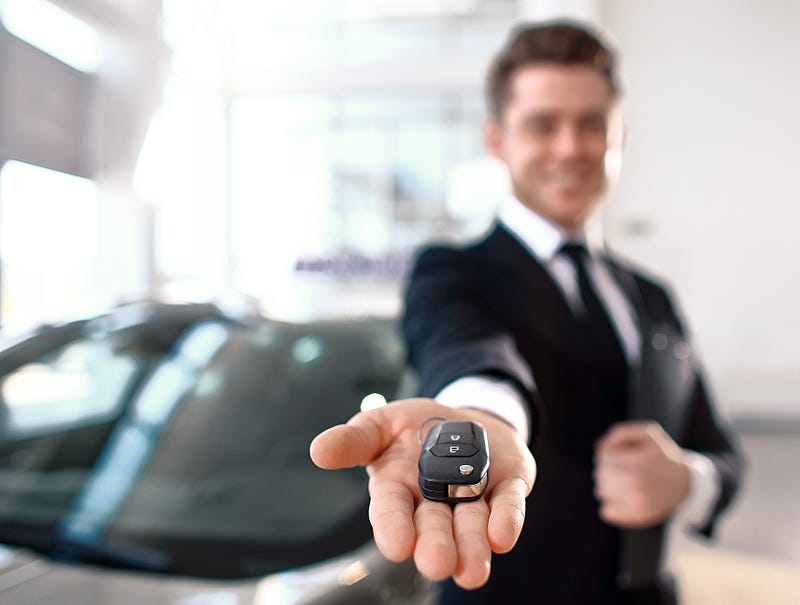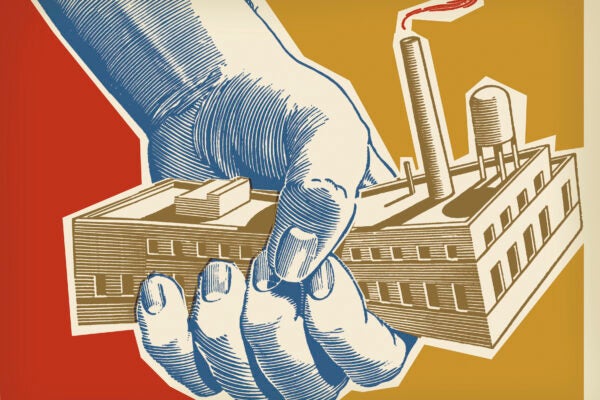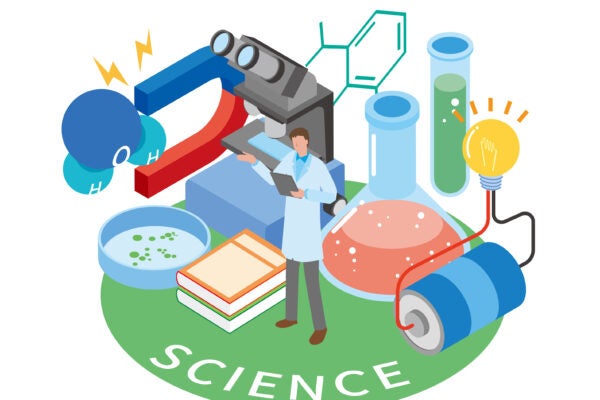Sellers Who Disclose Prices Can Maximize Profits
To drive up sales, dealers should disclose price at the start of a negotiation
Based on the research of Sebastian Hohenberg

Car sellers often act coy when it comes to revealing the price of a vehicle as they’re negotiating with a customer. But that tactic may ultimately be a losing one.
Rather than leading to a more robust sale, withholding pricing information early on can cause customers to lose trust. Then, they may spend less on “back-end” products that augment their initial purchase, like service and maintenance plans when buying a car.
In today’s digital world where buyers can easily gather pricing information online, sellers looking to maximize total profits should disclose a product’s cost at the start of a negotiation. Doing so builds trust right away. It also pays off when the customer decides whether to buy supplementary products, which are trickier to research online.
“According to the old theory of negotiation, you would never want to sacrifice this important information about the reservation price,” says Sebastian Hohenberg, assistant professor of marketing at Texas McCombs. He’s one of the lead authors of a new paper that examines how salespeople’s transparency during “front-end,” or main purchase negotiations, has back-end benefits.
“But now, you can use this new environment where people already know cost information to build trust, and then trust pays off nicely in the back end of the deal.” — Sebastian Hohenberg
To show how early price disclosure builds trust during sales negotiations, Hohenberg and his colleagues Yashar Atefi of the University of Denver, Mike Ahearne of the University of Houston, Zachary Hall of Texas Christian University, and Florian Zettelmeyer of Northwestern University conducted an observational study at a major U.S. auto dealership chain and then ran a handful of experiments in the lab.
Early Car Price Disclosure
Hohenberg and his colleagues collected data at dealerships, including detailed information on 400 salespeople-customer negotiations. Of the customers in these negotiations, 76.5% were men with an average age of 44. The researchers also gathered data on the dealership’s front-end and back-end gross profits, including service profits.
Of the 400 negotiations, 30 involved the salesperson disclosing the price of the car early on, 44 disclosed it later, 25 did so only in response to prodding from the customer, and 301 never disclosed the price.
The researchers found that when salespeople revealed cost at the beginning of a negotiation, customers spent significantly more in the back end compared with salespeople who revealed the price later or not at all.
On average, customers who learned the invoice price right away contributed around $1,400 more to back-end profits. The amount they spent on a car also wasn’t significantly less than what customers who never learned the invoice price paid.
When Hohenberg and colleagues simulated similar sales negotiations in the lab, they came to the same conclusion: Early invoice price disclosure enhances companies’ back-end profits because it sets a positive, trusting tone. This holds true even when customers don’t know a seller’s cost beforehand, but they know that cost information is widely available to them. “The mere knowledge that you could get this invoice price helps,” Hohenberg says.
In addition, the researchers discovered their findings don’t translate to online. Early disclosure in online negotiations does not build enough trust to significantly improve back-end benefits of a deal. That’s probably because it’s harder to gauge body language and manners online.
Embracing Change
The research suggests that our increasingly digital world calls for a different approach to negotiating front-end deals such as buying a car. Information can be strategically sacrificed to build trust and increase profits.
“Many companies are still locked into old theories of negotiation, though there are some people out there who are already doing this very well,” says Hohenberg.
“We’re seeing a change in consumer behavior. You can either fight it or embrace it. For firms and salespeople, the key takeaway is that you should embrace it.” — Sebastian Hohenberg
There are also takeaways for buyers. To foster more efficient, trustworthy relationships when making purchases, buyers should do their research before starting a negotiation, then let sellers know they’re informed. Aim for an in-person meeting or a video call, adds Hohenberg, because building trust is harder over text or chat.
This new approach is even more crucial in a world where eroding margins on front-end deals — due to well-informed customers — has caused many companies to see the aftermarket as the main profit driver of their products.
For example, more than 70% of an average automobile dealer’s gross profits come from its high-margin finance and insurance items and service and parts departments, surpassing front-end margins from selling new and used cars, according to the National Automobile Dealers Association.
Hohenberg says that a more holistic view of how salespeople are incentivized also makes sense. Instead of earning a commission solely when they facilitate the purchase of a car, salespeople should also get credit for supplementary products the customer buys.
“Most salespeople are incentivized for immediate purchase,” he says, “but the profits that accrue due to the immediate purchase later on are way more beneficial for the company.” Training and coaching programs should also be revamped to reflect this new approach.
Now, Hohenberg is taking his research a step further. His latest study is using facial recognition technology to estimate customers’ and salespeople’s emotions to see which sales approaches might work best with different emotional states.
Hohenberg’s research recently came to life when he bought a new car. When salespeople were defensive about price, “that was basically the beginning of the end of the conversation,” he says. He ended up buying from a salesperson who was upfront about price, and then went on to buy financing and extra equipment. He later recommended the brand and the salesperson to friends.
“I’m loyal to the dealership now,” Hohenberg says. “The salesperson’s strategy seems to be working out quite well.”
“Open Negotiation: The Backend Benefits of Salespeople’s Transparency in the Frontend” is forthcoming, online in advance in the Journal of Marketing Research.
Story by Deborah Lynn Blumberg
About this Post
Share:


